

Chemistry only
Ceramic materials are all around us, bricks, glass and cement are all examples of ceramics materials that probably make up the most of the building you are sat in. You may be having a drink from a ceramic cup or a glass tumbler while using your computer or laptop which likely has ceramic semi-conductors and insulators inside it. Ceramics can be broadly classified into traditional ceramics often called clay ceramics and advanced or technical ceramics which make use of metals such as titanium, zirconium, aluminium and non-metals such as silicon, these advanced ceramics have many uses and are found in a wide range of items such as:
Traditional ceramics are mostly made from clay and other natural minerals and when most people think of ceramics they probably think of items made from these traditional clay ceramic materials such as: sinks, toilets,
ceramic wall and floor tiles, roof tiles and pottery. Modern or
advanced ceramics are made from highly purified and refined raw materials are however very
different from these old-fashioned or traditional clay based ceramics. The image below shows some everyday
traditional ceramic
materials.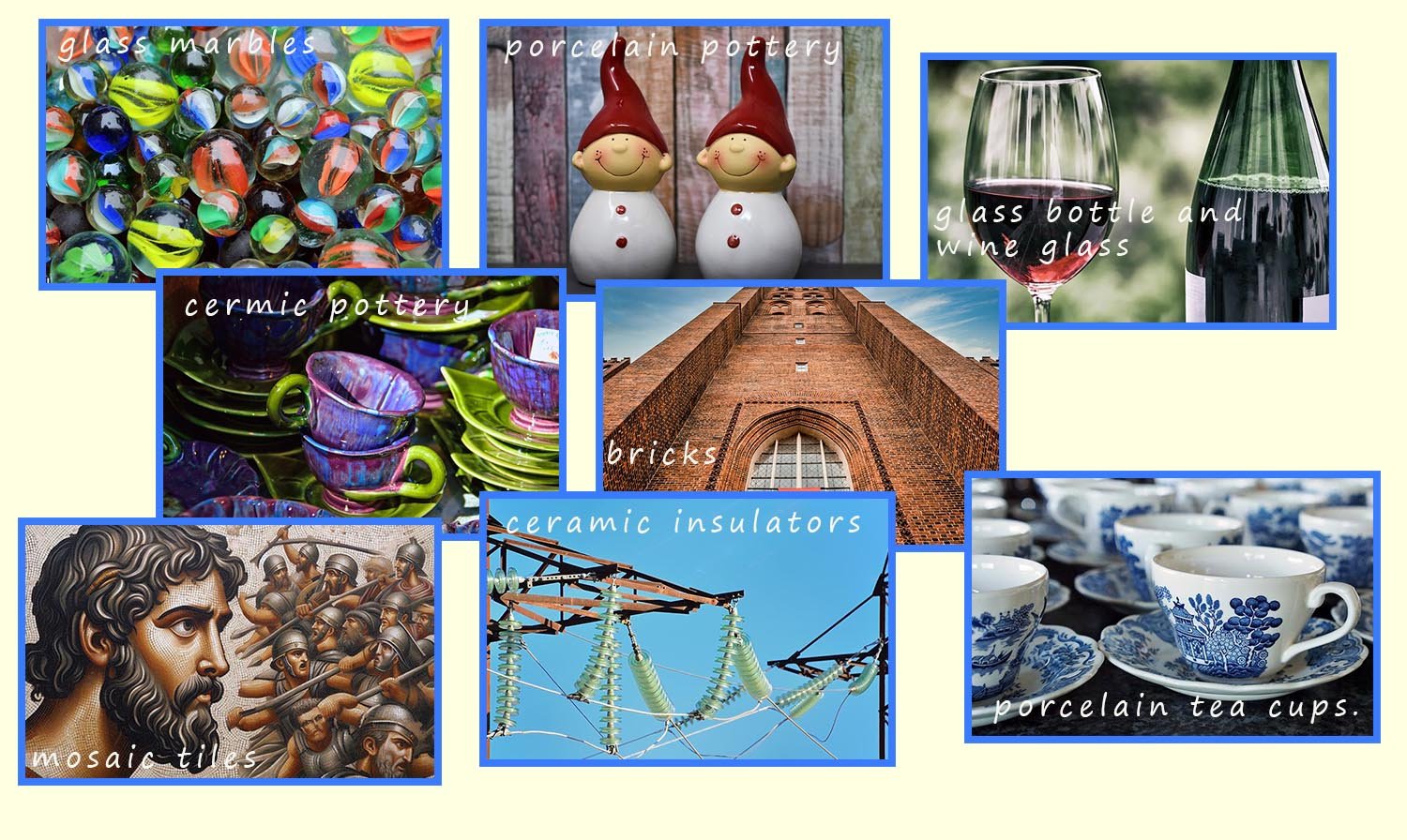
Ceramics have many desirable properties which explains why they are found in such a wide variety of materials. Ceramic materials are typically:
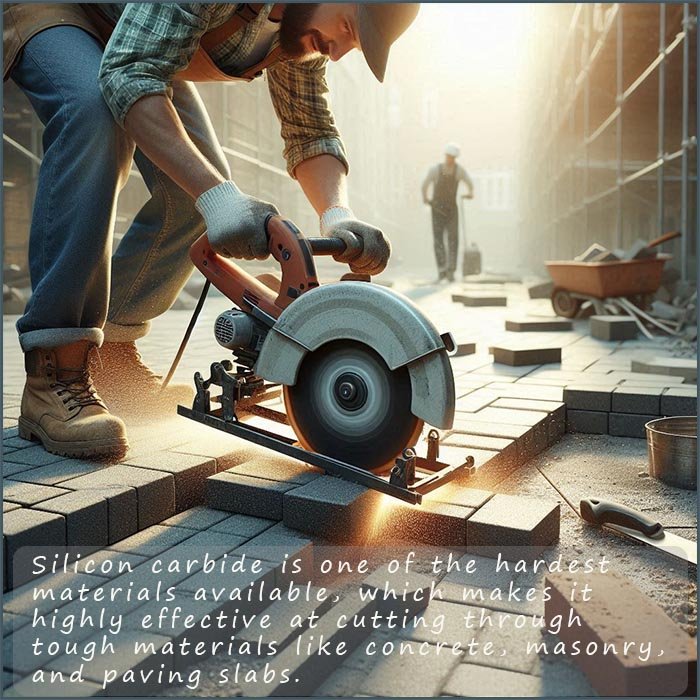
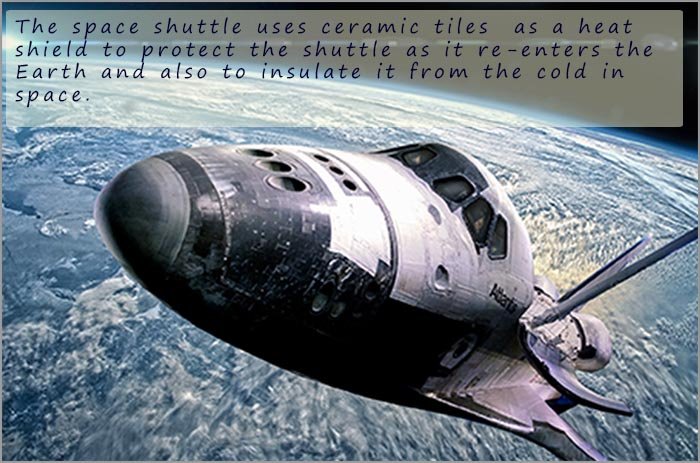
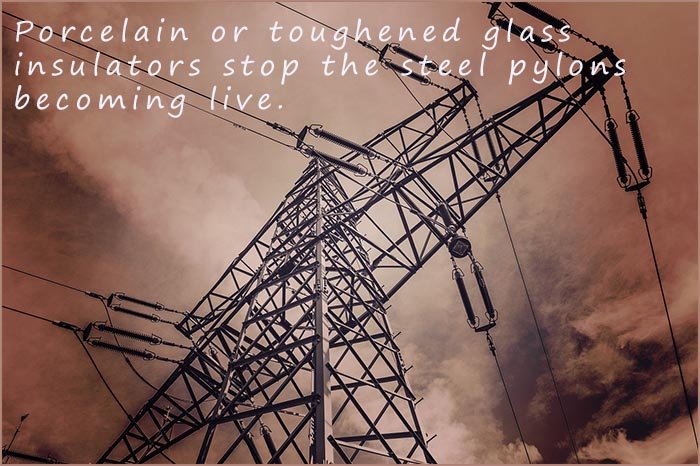
The list above includes some very desirable properties however many ceramic have some less than desirable properties, for example:
Silicon dioxide (SiO2) or silica is a chemical compound composed of one silicon atom and two oxygen atoms. Silicon dioxide is the main components in sand and it is also makes up to 60% of some clays, although in clay the silicon dioxide is not present as a pure compound but rather it is part of the clay's structure. Silicon dioxide has a structure very similar to that of diamond as shown in the image below. Silicon dioxide is
used in the manufacture of glass while different types of clays are used in the manufacture of many tradition clay ceramics such as porcelain, china and bricks used in the construction industry.![]()
You may notice that the structure of silica or silicon dioxide is very ordered with all the atoms arranged in a very regular way; ordered structures like this are often described as crystalline structures. Silica has a giant covalent structure with lots of strong covalent bonds and as a result of this it has a very high melting point. It is also an electrical insulator due to the fact that all the electrons are held tightly in covalent bonds and so cannot move freely.
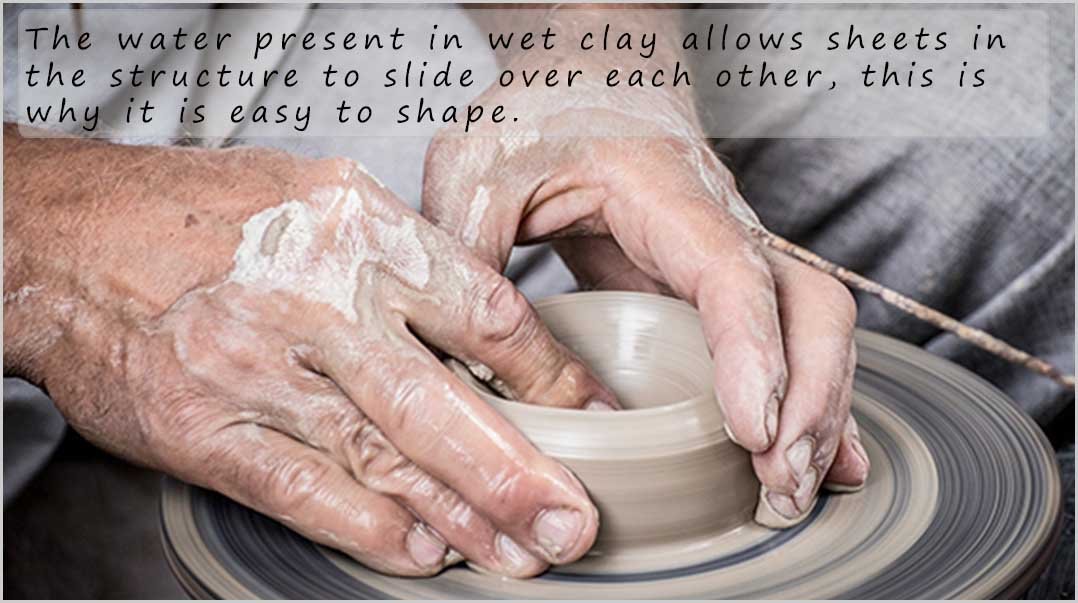
A group of compounds found in the earth called silicates are related to silica. Silicates like silica have structures based on the one shown above. However in silicates other atoms and ions maybe present as well as silicon and oxygen. Aluminosilicates are silicates where some of the silicon atoms are replaced by aluminium.
Perhaps the best known aluminosilicate is clay.
Clays can absorb lots of water and this allows parts of the structure to slide and move; this is why it is possible to mould and shape clay when it is wet. However when the clay is heated or fired in a hot oven or kiln the water is forced out of the structure and a rigid giant covalent structure is formed. Firing clays is used to make objects such as pottery, china and bricks. These materials made from firing clay at high temperatures are called clay ceramics.
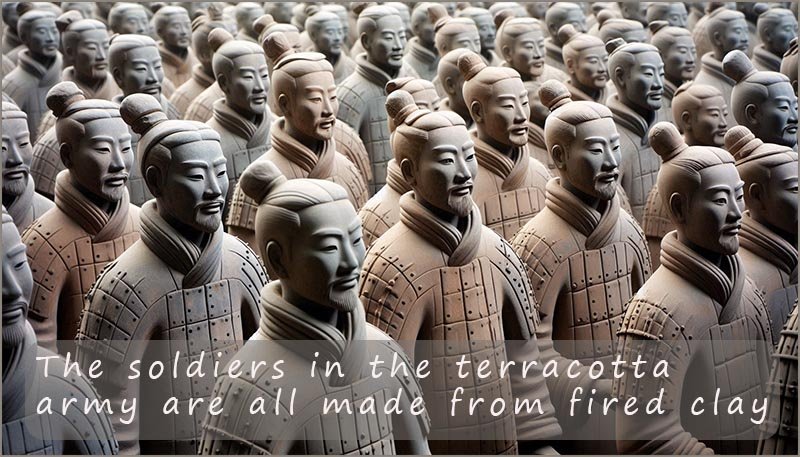
Perhaps some of the most remarkable items ever made from clay are the Chinese terracotta warriors. The soldiers in the terracotta army are all made from fired clay. In fact, the very name "terracotta army" directly translates to "Army of Baked Earth." The clay used to create these life-sized soldier figures was locally sourced and meticulously crafted. The construction process involved assembling the figures from separate pieces of clay which were moulded in various sizes and shapes. These clay parts were then fired in large kilns at high temperatures to solidify and preserve them. The soldiers were then painted in bright colours, which have unfortunately for many of the soldiers faded over the 2000 years in which they remained buried and undiscovered.
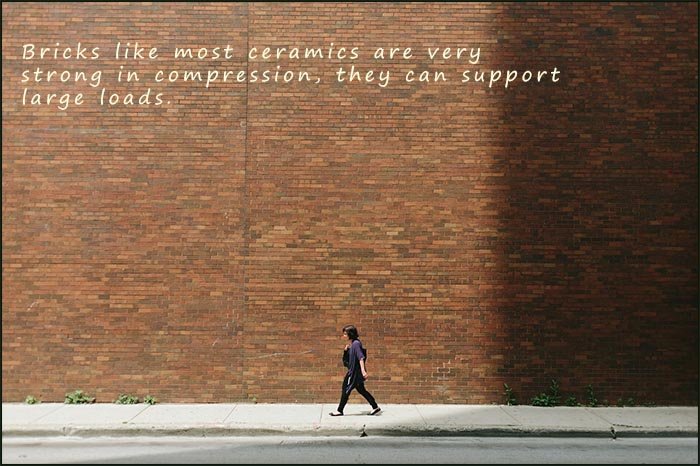
Bricks are a ceramic. They are made by firing common clay in an oven. To manufacture bricks powdered clay is mixed with water to create a thick paste. This paste is then forced through a mould called a die in a machine called an extruder. The die shapes the clay into a continuous bar or long strip of wet moist clay, this bar is then cut into individual bricks using wires or blades. The bricks then have their water content slowly reduced by being heating in a warm air flow. The dried bricks are then loaded into giant ovens called kilns. Here, they are heated to very high temperatures (around 9000C to 14000C) for an extended period. This firing process hardens the clay by permanently changing its chemical structure. Finally the fired bricks are carefully cooled to prevent cracking.
Bricks like all ceramics are very strong in compression; imagine
the weight pushing down on a single brick at the bottom of a tall wall or chimney. If a ceramic brick near the bottom of a tall wall was replaced
by a metal brick then the metal brick would likely be crushed, since metals are not as strong as ceramics in compression but they are strong in tension. Bricks like ceramics in general also have high resistance to wear and tear. However
bricks are brittle; drop one onto a hard surface and it is likely to break. This is the main problem with ceramics as was mentioned earlier-
They are brittle.
If silica or sand is heated up to around 16500C it melts to form a tacky, thick viscous semi-solid which
can be moulded
and shaped and if this semi-solid is cooled quickly it will form glass.
Now silica or silicon dioxide is a crystalline solid, that is it has a very ordered giant covalent structure containing
many strong silicon-oxygen bonds as shown in the image above.
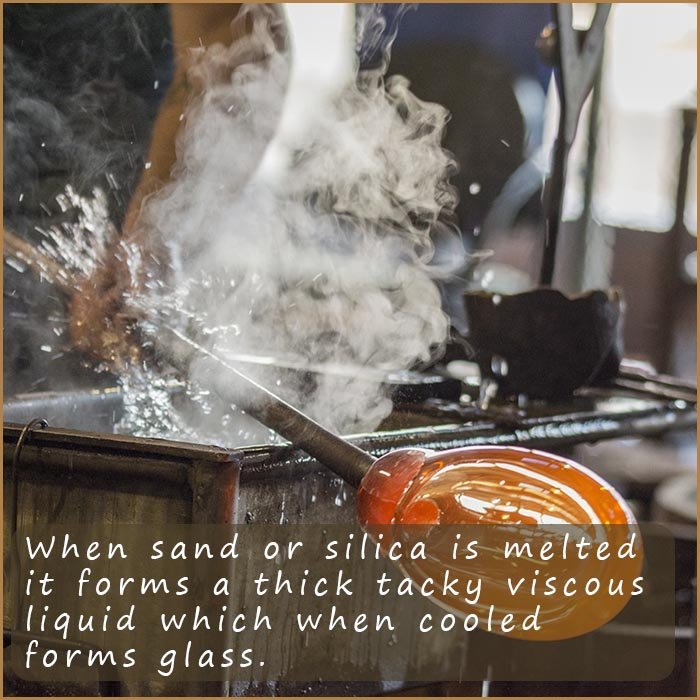 However if the silica is heated and it begins to melt this ordered
crystalline structure begins to break down and some of the silicon-oxygen bonds break.
However if the silica is heated and it begins to melt this ordered
crystalline structure begins to break down and some of the silicon-oxygen bonds break.
If this tacky liquid
is allowed to cool it will slowly reform its ordered crystalline structure, however if it is cooled quickly this
ordered
crystalline structure will not have time to reform, instead the atoms are arranged in a very disordered random fashion similar to that found in a liquid, but
the atoms are unable to move freely as you might expect in a liquid, this disordered random arrangement of atoms is called a solid glass, indeed the structure of glasses are often referred to as super-cooled liquids. To make glass silica or silicon dioxide is heated, now to lower the melting point of the silica sodium carbonate (which is often called soda ash) is added, this makes it more energy efficient to make the glass as well as making it much less expensive. Calcium carbonate is also added to the molten silica to make the glass more workable. These two substances decompose as the temperature inside the oven or kiln begins to rise. They decompose to give:
And for sodium carbonate:
 The glass produced here is called soda-lime glass and it is the most widely used form of glass; it is used to make
bottles and windows. Unfortunately soda-lime glass expands a lot when heated and this often causes it to
crack and break. However if boron trioxide is added to the silica this produces a glass
with a higher melting point
and a glass that expands very little when heated. This means it is unlikely to crack and break with changes in
temperature. This glass is called borosilicate glass and it is used for ovenware, tea and coffee makers and for
lab apparatus. You probably have some of this glass in your kitchen - it's sold under the name of Pyrex glass.
The glass produced here is called soda-lime glass and it is the most widely used form of glass; it is used to make
bottles and windows. Unfortunately soda-lime glass expands a lot when heated and this often causes it to
crack and break. However if boron trioxide is added to the silica this produces a glass
with a higher melting point
and a glass that expands very little when heated. This means it is unlikely to crack and break with changes in
temperature. This glass is called borosilicate glass and it is used for ovenware, tea and coffee makers and for
lab apparatus. You probably have some of this glass in your kitchen - it's sold under the name of Pyrex glass.
Traditional clay ceramics have giant covalent structures while glass has a
non-crystalline structure or amorphous structure. In a liquid the atoms move freely and are arranged in a disordered or amorphous manner.
Imagine taking a liquid and instantly freezing it so that the atoms do not have time to arrange themselves into
an ordered solid structure - you would end up with a solid but the atoms
in it are arranged in a random way -
glasses have structures like this. Glasses are often called super-cooled liquids!. It is this random arrangement
of atoms in a glass which make it transparent.